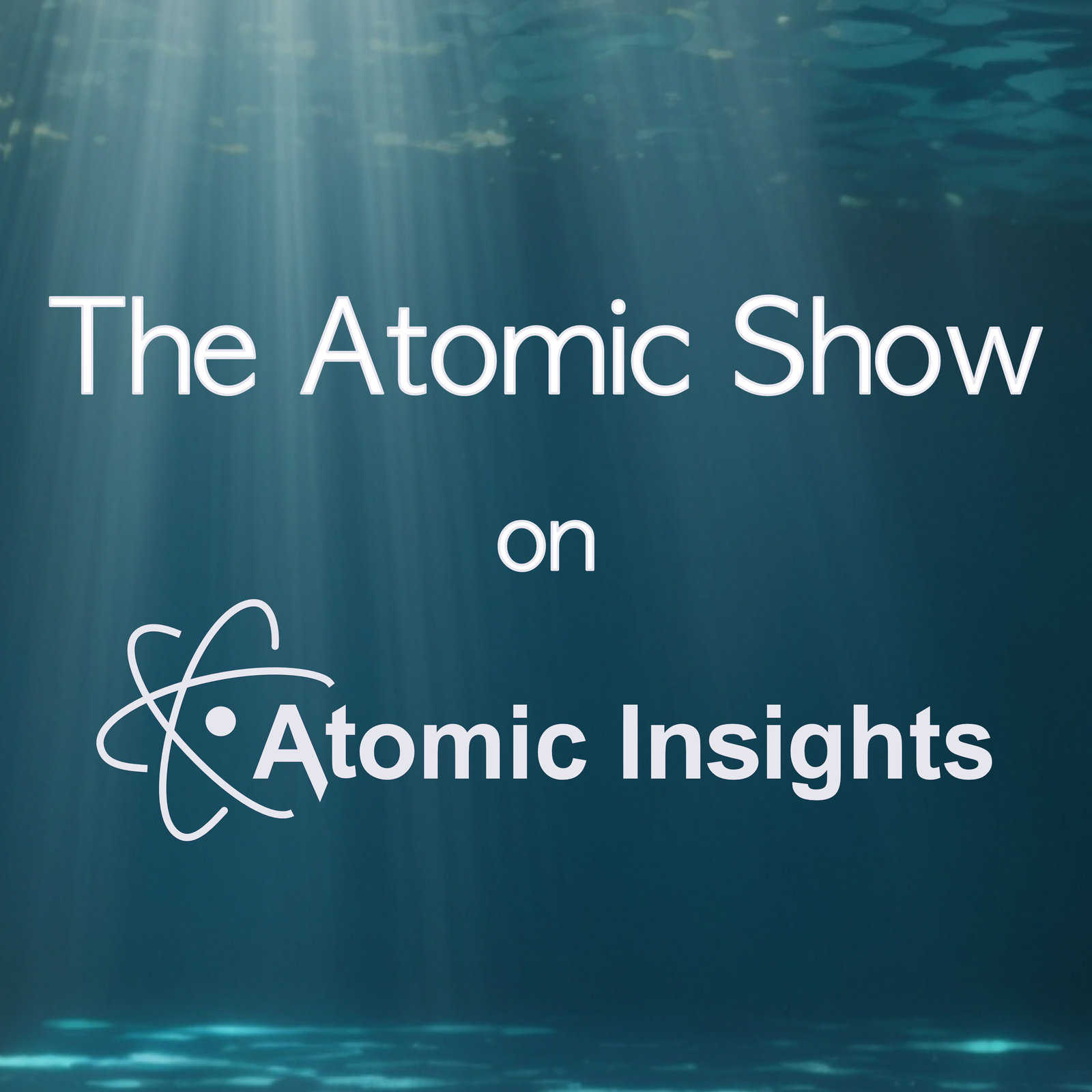Atomic Show #297 – Krusty – The Kilopower reactor that worked
Description
Krusty Core showing heat pipe arrangement
Patrick McClure and David Poston successfully developed, obtained funding, constructed and operated a new atomic fission power source that produced useful quantities of electricity during the period from 2014-2018. That puts them into a rarified, perhaps unique position. Few US-based technologists have been through that process in the past 40 years.
Aside: Without some way to frame the statement so it excludes the US Navy it isn't accurate to say no one else has accomplished this feat. End Aside
Patrick and David – and their supporting team – developed and operated the Kilopower reactor, also known as KRUSTY. That name comes from a creatively framed acronym – Kilopower Reactor Using Stirling TechnologY.
The proposed application for the system is to produce power for space missions that cannot be accomplished using either solar collectors or radioisotope thermal generators. The former imposes operational constraints with both intermittency factors and increasing distance from the sun. The later uses rare isotopes with limited heat production that constrain individual power devices to a thermal output of approximately 300 W when the device is new.
In brief, Krusty was a tiny reactor that was operated at a power level of 5 kWth to produce the equivalent of 1 kWe using Stirling Engines qualified for space travel. Heat pipes arranged around a solid UMO alloy annular core transferred heat from the reactor to the hot end of the Stirling engines. The cold side of the engines were designed to radiate heat into the vacuum of space. Reactor reactivity was adjusted using a movable beryllium reflector on the outside of the core. A boron carbide rod in the center of the annular core provided a second means of controlling the reactor. The core was 10 inches tall and had an outside diameter of 4 inches. The center annulus for 2 inches in diameter.
Aside: Past tense is the accurate way to describe Krusty. The system, including the core used, no longer exists. End Aside.
The program cost $18 M and took 3.5 years from initiation to final testing. It was funded partly by NASA and partly by NNSA.
We will be publishing a more detailed description of the technology and the development process in the near future, but for now, please listen to the show. If the audio program stimulates questions or comments, please join in a conversation here.
If you are intensely curious and cannot wait for our coming post, you can learn more about Krusty by visiting Space Nukes Technical Papers.
More Episodes
Atomic Canyon is a six month old company that is developing AI tools to improve the efficiency of routine tasks associated with developing, licensing, building, owning and operating nuclear plants. Their first product, called Neutron, uses AI to modernize searching the Nuclear Regulatory...
Published 05/15/24
Published 05/15/24
Emmet Penney is an unlikely, but effective pronuclear advocate. He earned his degrees in fine arts and great books and worked for several years as a professional poet – along with working in a bookstore as a way to keep paying the bills.
He gradually transitioned from poetry into writing...
Published 04/30/24


